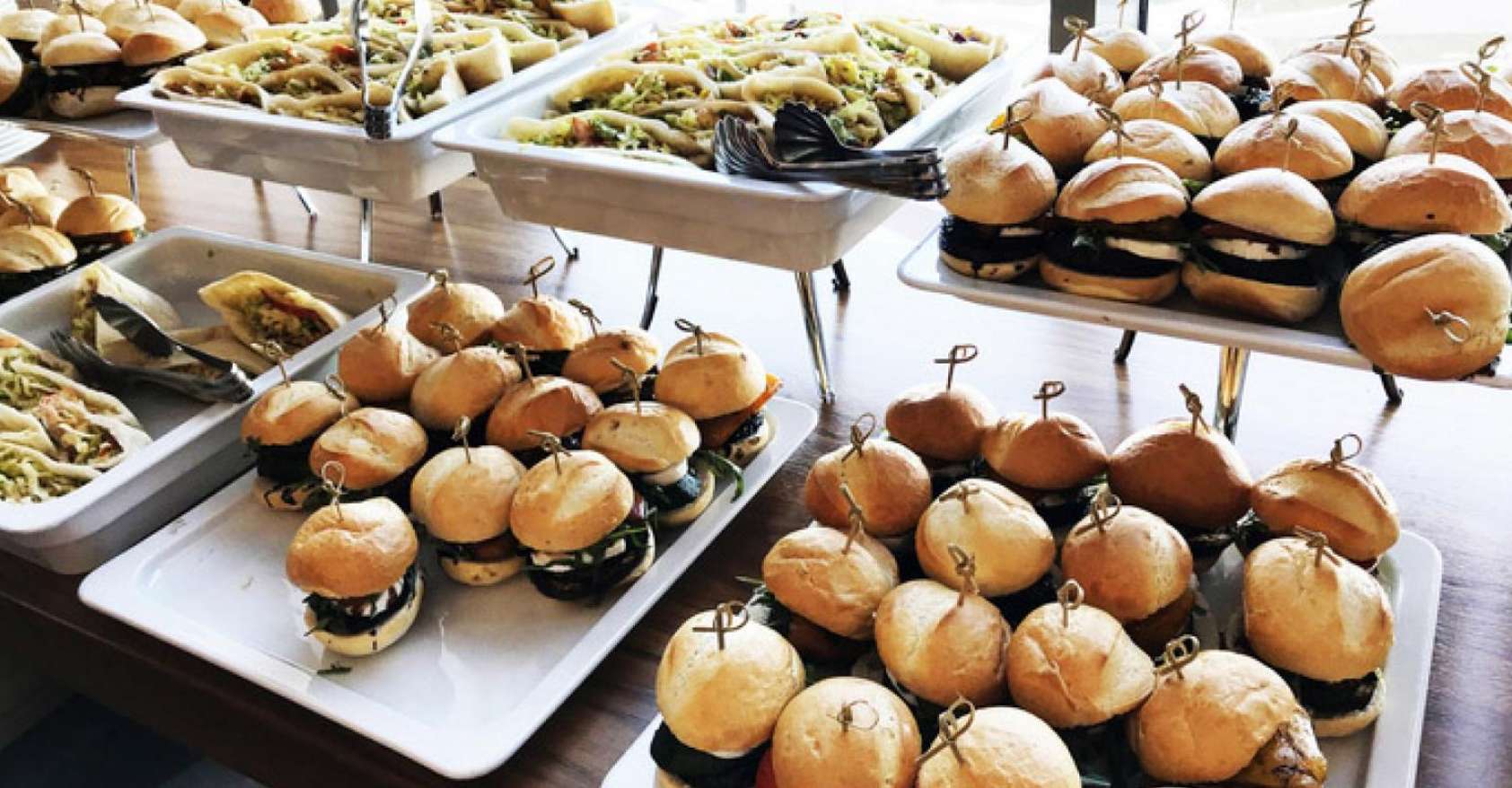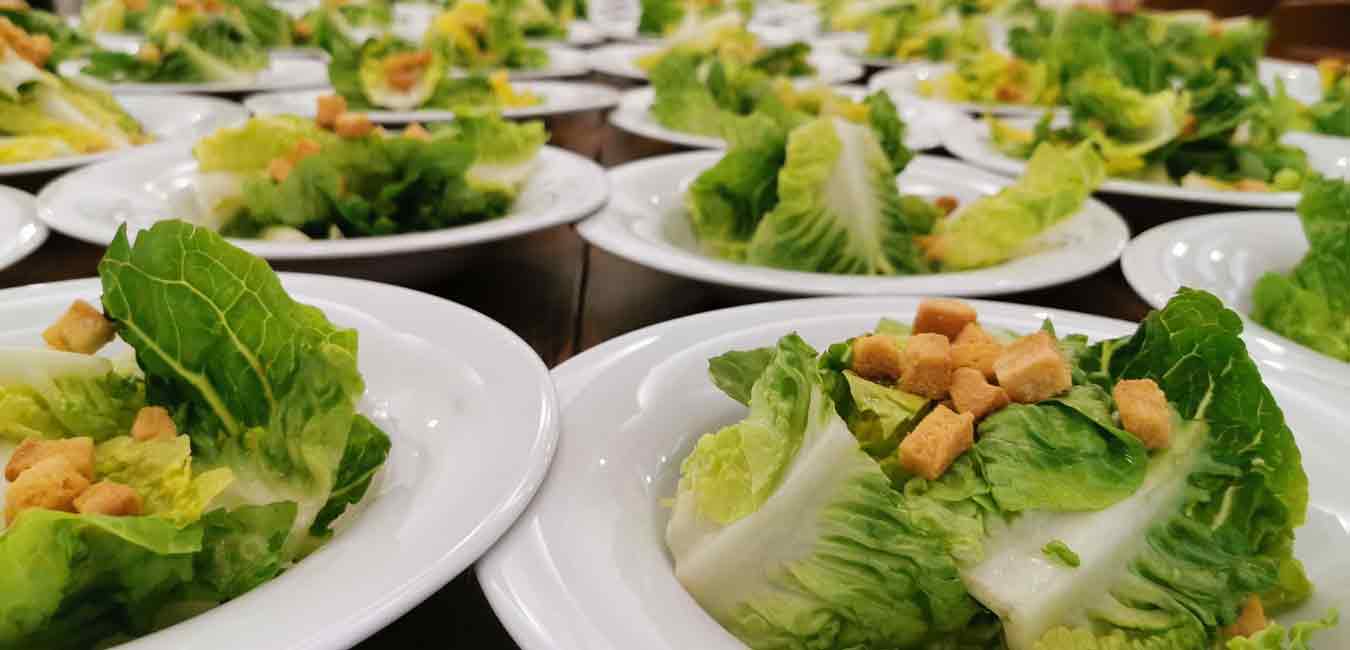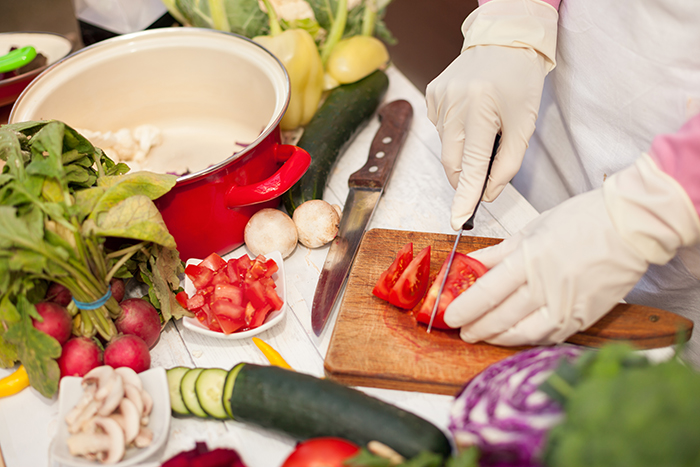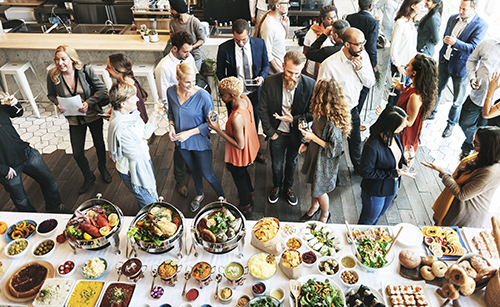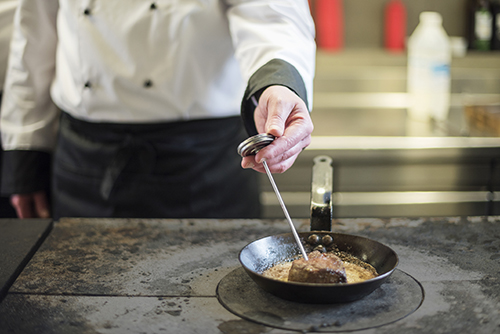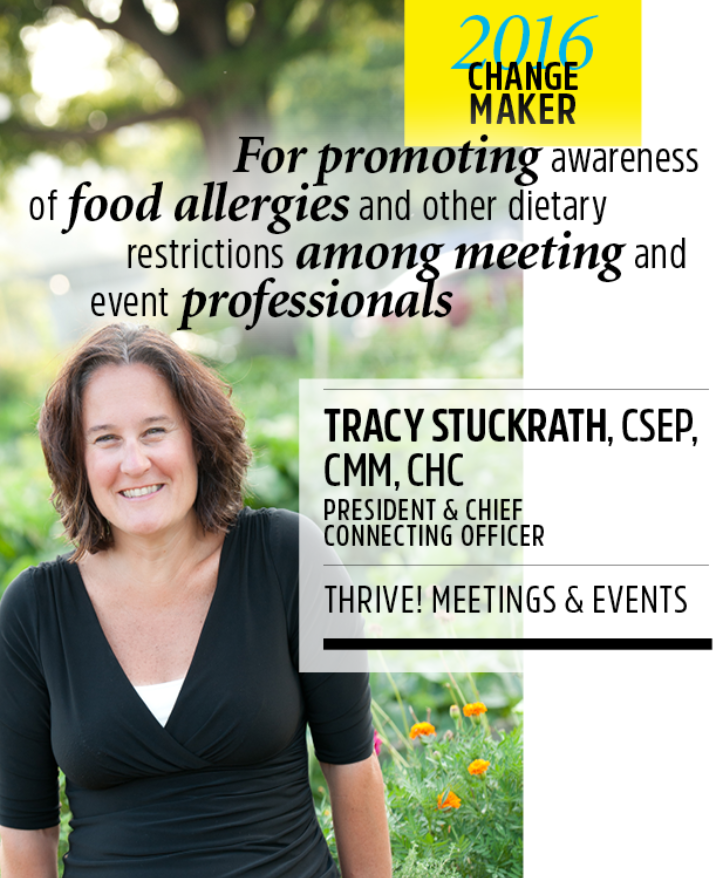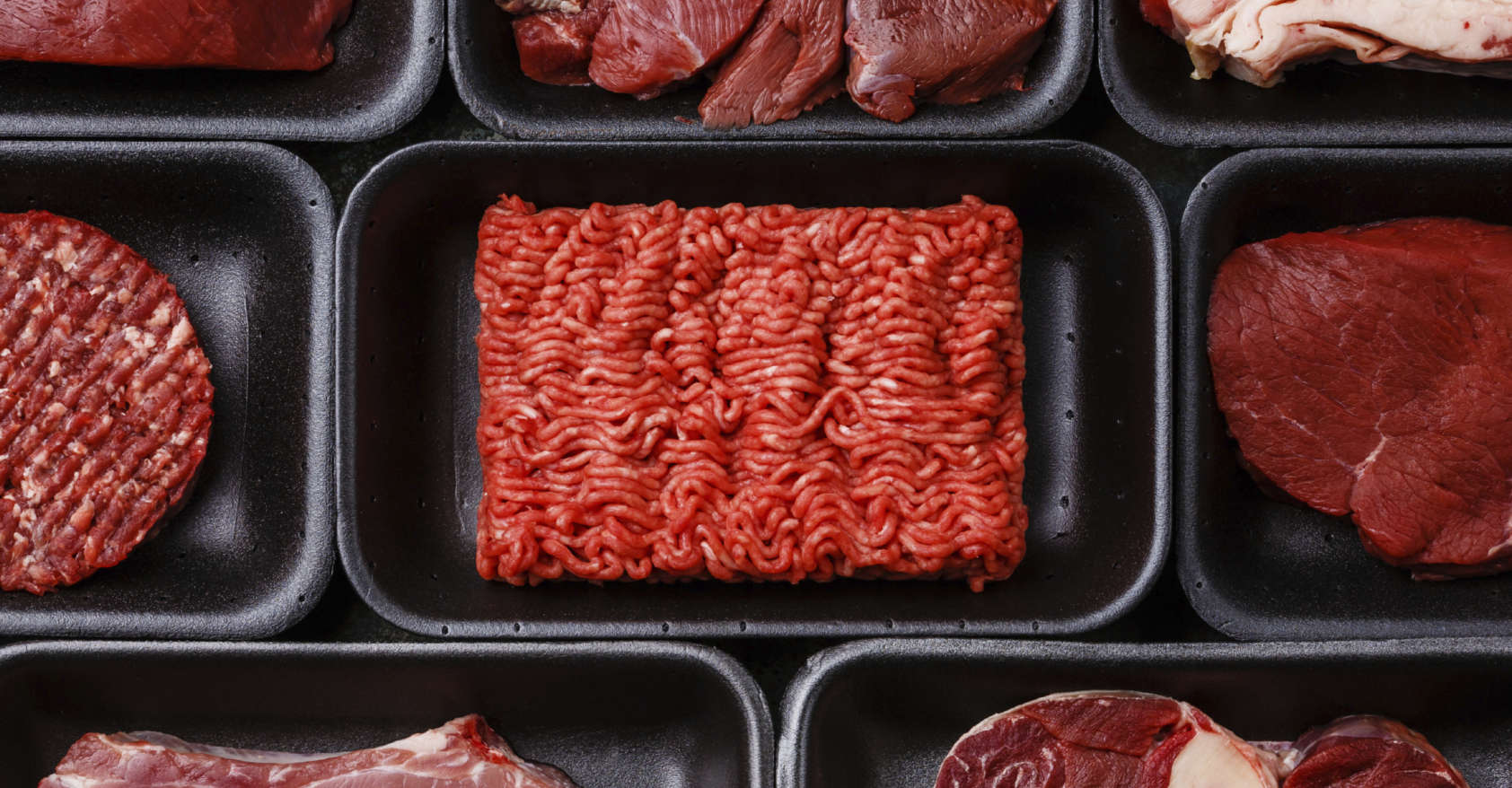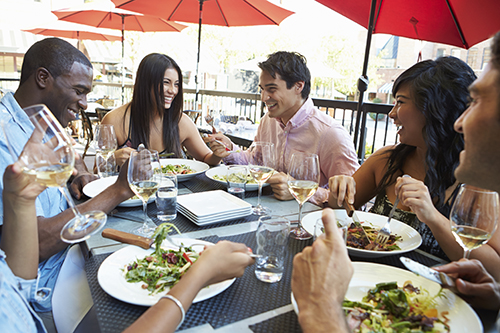With the 26th session of the United Nations Climate Change Conference (COP26) wrapping up this week, it is important to take time to understand the role event professionals can play in slowing the climate crisis. While many elements of the planning process should be considered, food and beverage decisions are critical.
